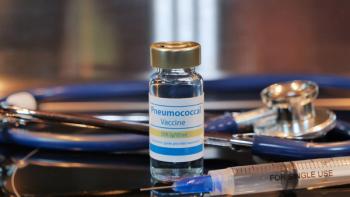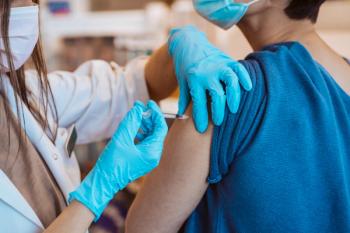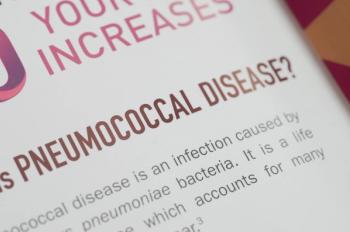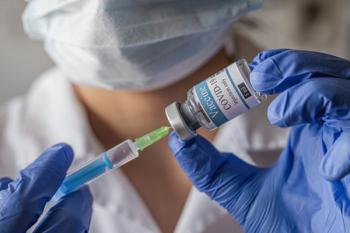
COVID-19 Vaccination Communication Strategies
Consider consumer behavior for guiding effective vaccine promotion in the pharmacy.
With most Americans now eligible to receive COVID-19 vaccines, effective vaccine promotion efforts are key to returning to normalcy. However, although approximately 242 million COVID-19 vaccines have been administered in the United States to date, many Americans are still hesitant to get the shot.1
A paper recently published in the New England Journal of Medicine (NEJM) proposed communication tactics for promoting vaccines based on behavioral economics and consumer behavior theory.2
Recent surveys showed that the proportion of the US population willing to be vaccinated has fluctuated over the past several months. Many individuals who are vaccine hesitant have indicated that, although they are open to receiving the vaccine eventually, they are still waiting for more information to become available.2
In the NEJM paper, Stacy Wood, PhD, a professor of marketing and executive director of the Consumer Innovation Collaborative at the NC State Poole College of Management, and her colleague Kevin Schulman, MD, MBA, professor of medicine and clinical hospitalist at Stanford University, developed strategies aimed to collectively create an effective vaccine-promotion effort.2
Here are some strategies that pharmacists can use to connect with vaccine-hesitant patients2:
- Use analogies to explain the vaccine: Develop a list of process analogies or statistical analogies for critical facts, processes, or statistics for common vaccine questions to share with staff.
- Increase observability: Offer a wearable token, such as a sticker or pin, or social media frames and banners for vaccine recipients to promote their vaccination at your pharmacy.
- Predict and address negative attributions: Monitor media coverage to identify negative attributions and prepare ways to counter them with facts.
- Combat uniqueness neglect: Work with your pharmacy team to identify uniqueness neglect (eg, patients might say, “The vaccine is fine, but it won’t work for me.”). Offer safe, even if largely unnecessary, modifications to standard vaccine delivery (eg, topical analgesics prior to injection; getting the vaccine late in the day).
- Neutralize the case versus base-rate heuristic: Counter patients’ anecdotal “bad reaction” stories with “good reaction” stories.
Furthermore, the authors recommended the following key actions for health care providers.2
- Prepare a list of common vaccine questions.
- Investigate specific concerns of your various patient segments.
- Develop a list of effective responses.
- Practice and train staff on effective responses.
- Add incentives.
- Develop prompts to persuade vaccine-hesitant patients and offer compromises.
- Make vaccination status observable in your community.
“The country has made an incredible investment in fast-tracking SARS-CoV-2 vaccines from conception to market, which would make it even more tragic if we fail to curtail the virus simply because Americans are hesitant to be vaccinated,” Wood said.3
As the most accessible health care providers, pharmacists are well positioned to increase patients’ likelihood of receiving the COVID-19 vaccine. A recent
References
- COVID Data Tracker. CDC. Updated April 27, 2021. Accessed April 28, 2021.
https://covid.cdc.gov/covid-data-tracker/#vaccinations - Wood S, Schulman K. Beyond Politics –– Promoting Covid-19 Vaccination in the United States. New England Journal of Medicine. 2021; 384:e23. Doi: 1056/NEJMms2033790
- Tapping into Behavioral Research to Promote COVID-19 Vaccination. News release. NC State University; January 7, 2021. Accessed April 28, 2021.
https://news.ncsu.edu/2021/01/behavioral-research-promoting-vaccination/
Newsletter
Pharmacy practice is always changing. Stay ahead of the curve with the Drug Topics newsletter and get the latest drug information, industry trends, and patient care tips.



























































































































































